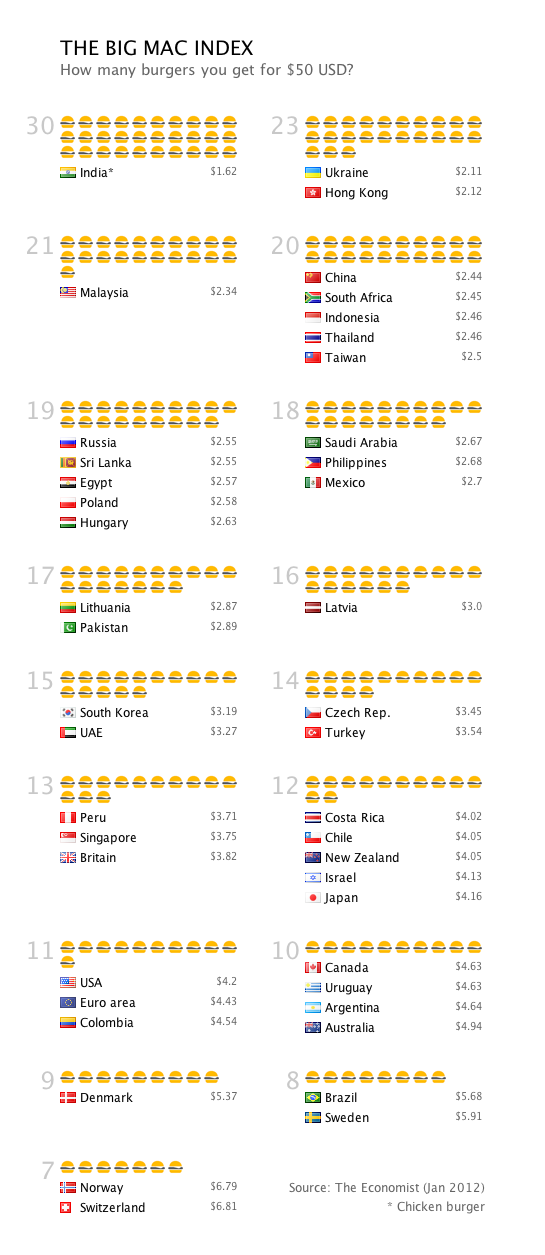The National Cancer Institute (of the NIH) announced this week a large reorganization of its clinical trial system. As part of the reorganization it announced smaller budgets for running clinical trials. This reorganization has been coming down the pike for a while now and the smaller budgets are a matter of fact given reduced funding from Washington.
What I found disturbing in the announcement was the repeated claim that new technologies in oncology drugs would reduce the need for large clinical trials.
According to the announcement
Although the screening tests may need to be performed on very large numbers of patients to find those whose tumors exhibit the appropriate molecular profile, the numbers of patients required for interventional studies are likely to be smaller than what was required in previous trials. That is because the patient selection is based on having the target for the new therapy, leading to larger differences in clinical benefit (such as how long patients live overall or live without tumor progression) between the intervention and control groups.
It is true that breakthrough advances such as the AIDS cocktail or Gleevac can show themselves to be enormously effective even in small trials, but that doesn't mean that we should expect all new drugs or treatments coming into development to be breakthroughs.
It is unclear to me why we should expect that targeted therapies should have larger effects on survival. I see why we should expect targeted therapies to be more targeted and thus only likely to work for a small subset of patients with very particular genetic mutations in their tumor. But even if the therapy works on the "bench" it may not have the same effect once it is put into humans. As the announcement states, targeted therapies will require greater amounts of genetic screening in order to find the right patients. More over, the total population of patients with a particular genetic mutation may be extremely small. The future of targeted therapies may well involve smaller clinical trials, but I think NCI is being rather optimistic believing that we won't need large trials. Today's "Daily News" from ASCO presents a very different view from Don Berry.
Gleevac is the poster boy for new age of targeted therapy, but it is a drug that seems to be exception rather than the rule. Gleevac was able to solve a very particular genetic problem for a very particular class of cancer patients. The genetic problems in most common cancers seem to be substantially more complicated and do not seem amendable to single target therapies. In colon cancer, genetic testing is required for certain drugs, not because these drugs have amazing breakthrough effects, but rather because they don't seem to work when certain genetic mutations are present (see here).
In the mean time non-targeted therapies like immunological therapies are starting to be developed. Will these therapies also require smaller trial sizes?
Let's hope NCI gets its wishes and all future drugs are breakthrough therapies that don't require large clinical trials and beggars can finally ride.



